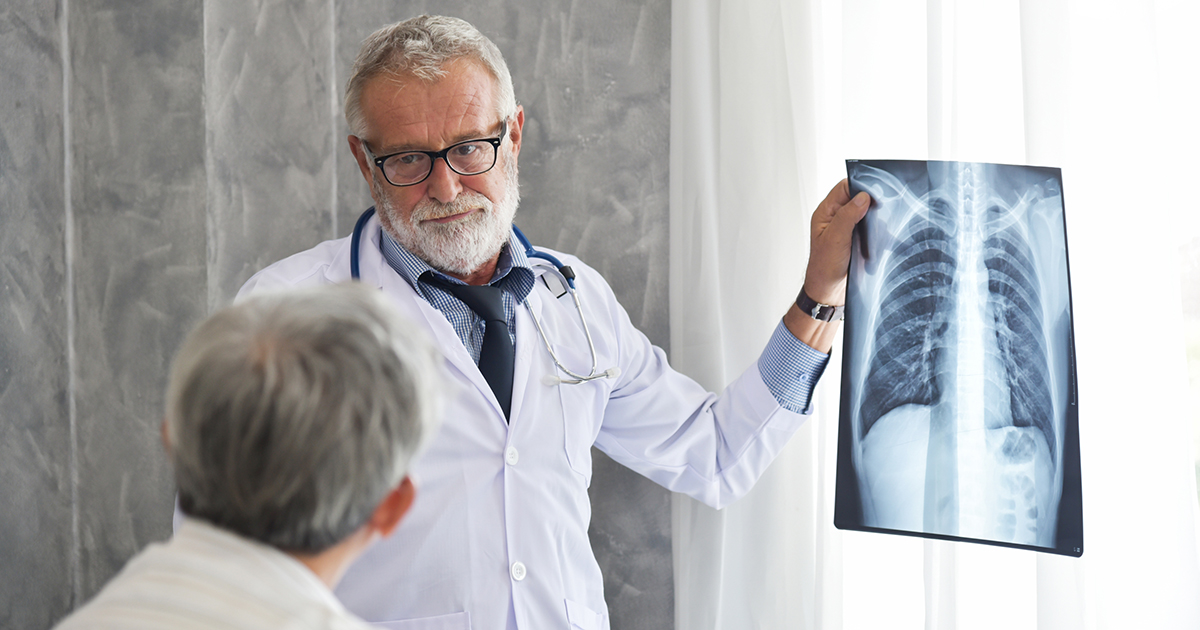Treatment Options For Cystic Fibrosis
Cystic fibrosis is a recessive inherited condition that mainly affects the lungs, digestive system, and the exocrine glands. Malfunctioning genes cause the vital secretions produced by these organs to be thickened. These secretions normally have a much thinner consistency. This abnormal mucus clogs airways and other passageways, causing symptoms like coughing, wheezing, lung infections, salty sweat, failure to gain weight normally, intestinal blockage, and severe constipation. Cystic fibrosis cannot be transmitted to others, nor can it be cured. Patient life expectancy is limited. Most individuals with this disease do not live much beyond forty years. However, treatments are available that do extend life expectancy as much as possible. These treatments also improve quality of life.
Airway Clearance Techniques

The disease's name is somewhat of a misnomer. Cystic fibrosis has nothing to do with the formation of cysts, or fluid-filled sacs. The disease typically affects the lungs quite severely. The lungs normally have thin and watery mucus secretions, which help lubricate the airway passages and add moisture to the inhaled air. Cystic fibrosis causes this normally thin mucus to become so thick it clogs the airways, interfering with the normal movement of air within them. Coughing, wheezing, difficulty breathing and infections result from these thickened secretions. Airway clearance techniques help to loosen thickened mucus from the pulmonary airways. This may involve forced huffing and coughing. A therapist or trained caregiver may perform percussion, which is a type of controlled pounding on the back, chest, and sides. The vibrations produced help to loosen mucus. There are six basic body placement positions for the administration of airway clearance techniques.
Learn more about treating cystic fibrosis now.
Diet And Exercise

Cystic fibrosis also causes the digestive system to malfunction. Proper diet and exercise are essential for all patients. Children with cystic fibrosis typically need to eat more calories than healthy children of their age because their bodies don't absorb nutrients normally. Because cystic fibrosis affects the pancreas, diabetes is a possible complication, which means refined sugars and processed foods should be avoided as much as possible. Cystic fibrosis patients should get about one-fifth of their caloric intake from protein. An adequate intake of iron is essential, as iron carries oxygen around the body and helps fight infection. Zinc fights infection and encourages growth and cell repair. Osteoporosis poses a particular threat for individuals with cystic fibrosis, so its crucial for patients to ensure they consume plenty of dietary calcium. Kids with cystic fibrosis lose more salt in their sweat than normal. A dietitian will determine the proper intake of extra salt. Exercise helps strengthen the heart and lungs, and weight-bearing exercise helps keep bones strong. All cystic fibrosis patients should consult with their physicians for the right kind of diet and exercise regimen for them.
Keep reading to add more cystic fibrosis treatments to the roster.
Pulmonary Rehabilitation

Pulmonary rehabilitation is a method of helping individuals cope with all types of chronic lung disease. It offers individualized treatment plans to help improve lung function. It also aims to reduce symptoms and improve the overall quality of life. Pulmonary rehabilitation is a team effort. A treatment plan will be developed, directed, and administered by a variety of healthcare professionals, including doctors, respiratory therapists, exercise professionals, dietitians, and nurses. Treatment sessions are usually conducted on an outpatient basis, perhaps at a clinic attached to a hospital. There will be exercises and procedures that the patient will also do at home. Pulmonary rehabilitation combines education and exercise to help the patient better cope with their disease. The patient learns how to exercise the lungs and muscles with diminished shortness of breath. As the body strengthens, the patient typically feels better and more in control of their condition. Pulmonary rehabilitation also offers a wonderful chance for camaraderie and peer support with others also living with cystic fibrosis.
Learn more about how to treat cystic fibrosis now.
Chest Physical Therapy

Manual chest physical therapy is also called CPT. The goal of CPT is to loosen and dislodge thick mucus that has collected in the airways. If not removed, this mucus will contribute to lung infections and obstructed breathing. There are two kinds of chest physical therapy: one is called postural drainage, and the other is known as percussion. Postural drainage, as the name suggests, involves using gravity to help clear mucus. For example, the patient may place a pillow in front of their chest while they are sitting, lean their head over their chest, and hug the pillow. This places the head a bit lower than the lungs, helping drain sticky fluids that have accumulated there. Percussion involves using a cupped hand to tap on various areas of the chest, back, and sides. Chest physical therapy requires some training, but a professional isn't required. The patient may need to forcefully cough during chest physical therapy to help expel mucus. CPT should be performed at least once daily for all cystic fibrosis patients, regardless of symptoms.
Get to know another treatment method of cystic fibrosis now.
Surgery And Lung Transplant

Unfortunately, cystic fibrosis causes damage to the lungs. Over time, it can become so severe the lungs can no longer function well enough to support life. In this case, surgery and lung transplant may be an option. Surgery and lung transplant require both lungs to be replaced at the same time. If the surgery is successful, cystic fibrosis will not affect the transplanted lungs. The patient will be free of the pulmonary symptoms of the disease. However, other complications, such as digestive issues, diabetes, and problems with the reproductive system, will still be a threat. Other interventions may include the removal of nasal polyps to help restore more normal breathing and the administration of pure oxygen at home. There is also a procedure in which a special tube, an endoscope, is used to suction dangerous mucus from the lungs. If digestive problems become severe enough, a feeding tube may be placed. The tube is only used at night to help provide extra nutrition while the patient sleeps.
